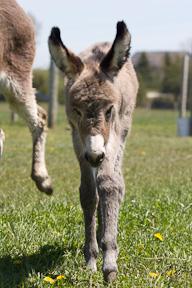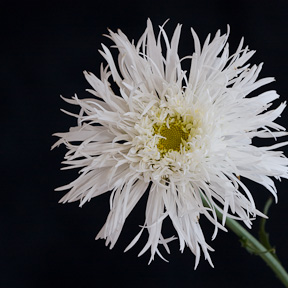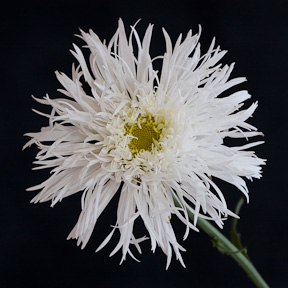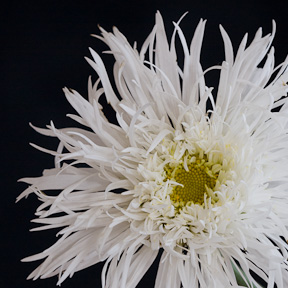Learn about the photography rules of composition, and how to eliminate distractions. You want to break the rules? You need to master them first, so read on to add more rules to your toolbox!

It’s easy to see the problem here!
© Julie Waterhouse Photography
Eliminate Photography Distractions
The human brain is an amazing instrument. It has many ways of helping us handle the huge volumes of information we encounter every second. One of the mechanisms it uses is filtering. Through the process of paying attention, we filter out unnecessary information. When we pay attention to something, it means we ignore everything else around.
You may have heard the psychological study that was conducted where subjects were asked to watch a clip of a basketball game. They were asked to pay attention to the players passing the ball, and count how many passes were made. The clip lasts a few minutes. About thirty seconds into the clip, a person dressed in a gorilla suit walks onto the court and does a jig. Approximately half the subjects failed to notice the person in the gorilla suit. Their attention was directed elsewhere.
As photographers, we often fall victim to this same phenomenon. For example, when we are taking a picture of our friend, our attention is focused on them. We fail to notice that there’s a tree "growing" out from behind their head, and that someone else’s elbow is intruding into the picture space.
There are several kinds of photography distractions that can spoil your image:
Intrusions
The above image of the donkey is a dramatic example of an intrusion. Sometimes the intrusions are smaller, and less easily noticed. It may be a tree branch, or an elbow poking into the frame. Whatever it is, it will definitely distract your viewer. To understand why things at the edge of the frame are so distracting, read another one of the photography rules of composition about visual weight.
Bright Spots or "Black Holes"
Your eye is always drawn to the brightest spot in an image. Very dark areas can be distracting too. To understand why dark and light spots are so distracting, read another one of the photography rules of composition about visual weight.
A trick to drawing your attention to these trouble spots before you take the picture is to defocus the lens slightly. This stops you from seeing the actual picture elements, and reduces everything to fields of tone and color. Any excessively light or dark spots will now jump out at you. Another way to do this trick is just to squint your eyes. This effectively "defocuses" them and achieves the same effect.

Our eye is drawn immediately to the bright sun on the baby’s face.
© Julie Waterhouse Photography
Mergers
Mergers are when two objects overlap one another. If the overlap is slight, it can actually be distracting. Try to adjust your camera angle to separate all the objects in the frame, or wait for them to move into a better position. The photography composition below illustrates an extreme merger where the two horses heads overlap. The result looks like a strange beast indeed!

A most unfortunate merger!
© Julie Waterhouse Photography
Mergers can also happen with the edge of the picture frame. If just a little bit of your subject is cut off at the edge of the frame, we call that a merger too. It is distracting because we immediately want to see the missing bit. The positioning looks (and usually is 🙂 accidental. If you want to cut part of your subject out of the frame, make it look deliberate, and cut a lot out. Check out the following examples:

A merger with the edge looks accidental
and is distracting.
© Julie Waterhouse Photography

Either go all-in…
© Julie Waterhouse Photography

…or make the crop look deliberate.
© Julie Waterhouse Photography
The photography rules of composition are here to help! One of the simplest ways to improve your photography is to stop and scan the entire area inside your picture frame before you press the shutter button. Disconnect yourself emotionally from the subject for a moment, and take the time to look at the picture analytically. Move your eye around the image in a methodical way, looking for objects that intrude into the picture space, dark or bright spots, and mergers. Act to eliminate them before taking the picture.
I recommend you read the next of the photography rules of composition: the photography rule of thirds.